G’day friends! Alex here, your friendly neighborhood WordPress wizard. Today, I want to take you on a journey through time to explore the evolution of content marketing in our digital age. From the pre-internet days to the present, content marketing has come a long way, mate!
Let’s start at the beginning, shall we?
Ye Olde Days: Content Marketing Through the Ages
Believe it or not, content marketing has been around for donkey’s years. Back in the day, brands like Michelin and Jell-O were using content to promote their products. Here are some ripper examples:
- In 1900, Michelin released the Michelin Guide, containing over 400 pages of pubs, hotels, and restaurants around the UK. It gave motorists a reason to get out on the road and wear down their Michelin tyres! It’s a clever tactic if you ask me.
- In 1904, Jell-O published a free cookbook with recipes for using their jiggly product. Sales skyrocketed to over $1 million in just two years!
- My personal favourite is Benjamin Franklin. In the 1700s, he published Poor Richard’s Almanack, filled with wise sayings and valuable information. It also had a few subtle plugs for his printing business! What a legend.
So, while content marketing wasn’t called that back then, brands have used informative content to promote their products for over a century.
Of course, things changed quite a bit with the introduction of a little thing called the Internet!

Surfing the Web: The Digital Content Wave
When the internet caught on in the 90s, content marketing entered the digital world. Brands could now reach customers globally with informative content to nurture leads and drive sales.
Here are some key moments from the early Internet days that changed content marketing:
- 1994 – Search Engines Emerge. With the launch of the first popular browser, Netscape, search engines like Yahoo, Excite and Google opened up a whole new way for people to find information online. Brands could now reach targeted audiences beyond their local markets.
- 2004 – Social Media Takes Off. The birth of social media platforms like Facebook and Myspace took content sharing to the next level. Brands could join the conversation, engage directly with customers and showcase their expertise.
- 2007 – Mobile Marketing Goes Mainstream. Mobile content consumption boomed with the launch of the iPhone and other smartphones. Brands had to shift to mobile-friendly content strategies.
The transition was swift and dramatic. Virtually overnight, the internet changed the content marketing game. Brands now had limitless global distribution and many new digital tools at their fingertips. The content was about to become king!
All Hail King Content! SEO, Blogging and Beyond
Search engines like Google were becoming household names by the late 90s. If brands wanted to capitalise on this internet traffic and reach customers online, they had to start optimising their content for keywords.
Thus began the age of content marketing strategy – crafting high-quality, keyword-rich content to boost search visibility. Brands invested heavily in SEO services, and web copywriters popped up like rabbits!
Software made it easy for anyone to start a blog in the early 2000s. And so the blogosphere was born! Brands and bloggers alike battled for search rankings with article upon article of keyword-laden content.
But after a few years of churning out content like sausage meat, brands realised quality trumps quantity. So, the focus shifted from rapid content creation to crafting remarkable content that engages readers.
Here’s what separates the fair dinkum ripping content from the stale blog fodder:
- Depth and Value. A single epic blog post with buckets of useful information beats ten skimpy ones. Well-researched, comprehensive content ranks better in search too.
- Expertise and Exclusivity. Share your experiences, insider knowledge and exclusive data to prove your expertise.
- E-A-T (Expertise, Authoritativeness, Trustworthiness). This is what Google looks for when ranking content. So flaunt your expert creds!
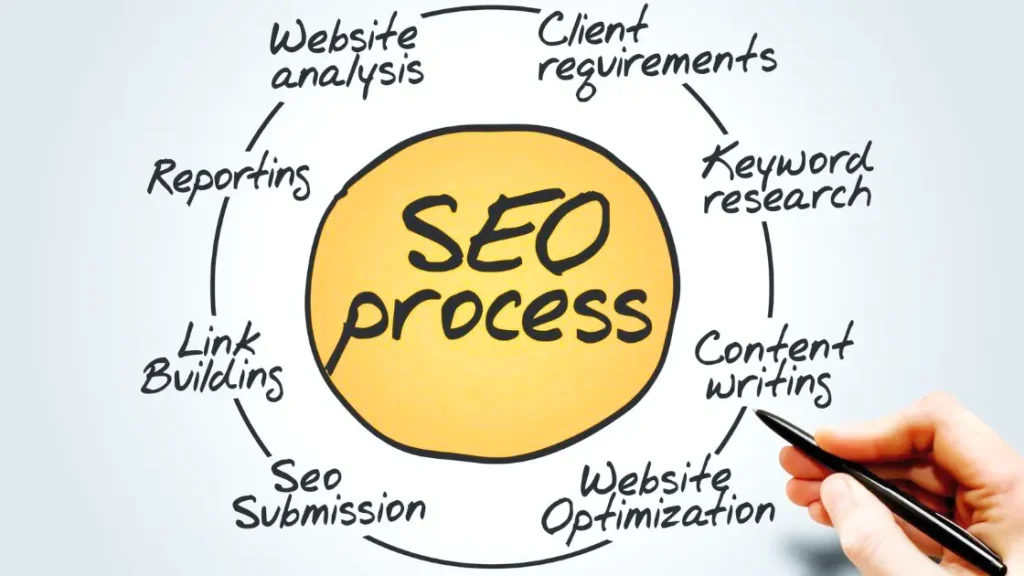
While pumping out blog articles was all the rage in the 2000s, brands soon realised content came in many marvellous shapes and sizes.
Content Marketing Goes Multimedia
The 2010s saw the content marketing branch from text-based blog posts into colourful infographics, engaging videos, and more.
People just love visual content! On social media, tweets with images get 150% more retweets than text-only tweets. And YouTube alone pulls over a billion monthly viewers. Pictures, graphics, and video speak louder than words.
Brands tapped into visual storytelling in a big way:
- Infographics simplify complex data into easily digestible, visually striking, shareable content.
- Videos enabled brands to educate and engage potential customers while showcasing some personality.
- Interactive content like online courses, quizzes, calculators and web tools blended entertainment with education.
But social media and smartphones turned content marketing into a two-way conversation between brand and audience. User-generated content became the bridge for this brand-customer interplay.
Content Goes Social: Marketing in the Age of Social Media
The social media explosion completely shook up content marketing! Platforms like Facebook, Instagram and YouTube enable users to share content instantly with their networks. Positive brand experiences could go massively viral through shares and likes.
User-generated content from genuine customers also became a powerful marketing tool. A few user reviews, comments or posts build far more trust with potential buyers than any polished marketing material straight from the brand.
With data and analytics tools, brands could also get surgical with content targeting. Sophisticated platforms enabled them to segment audiences and tailor content to those groups based on demographics, interests and behaviour.
In the age of social media, content has become a two-way, highly personalised conversation between brand and consumer. Audiences also grew exponentially thanks to viral platforms like Facebook and YouTube, which enable the range to spread globally at lightning speed.
Brave New World: Content Marketing in the 2020s
As content creation and consumption grow exponentially, staying ahead of the curve is a must to cut through the noise. Crafting impactful content requires first defining your target audience and speaking directly to their needs.
Integrating new technology like artificial intelligence for automated content creation at scale while keeping that human touch is also crucial. As are interactive content formats like webinars, podcasts and virtual events that allow genuine engagement.
Influencer marketing has exploded recently as well. The trick is finding influencers who genuinely align with your brand values and nurture an authentic connection with their loyal followers.
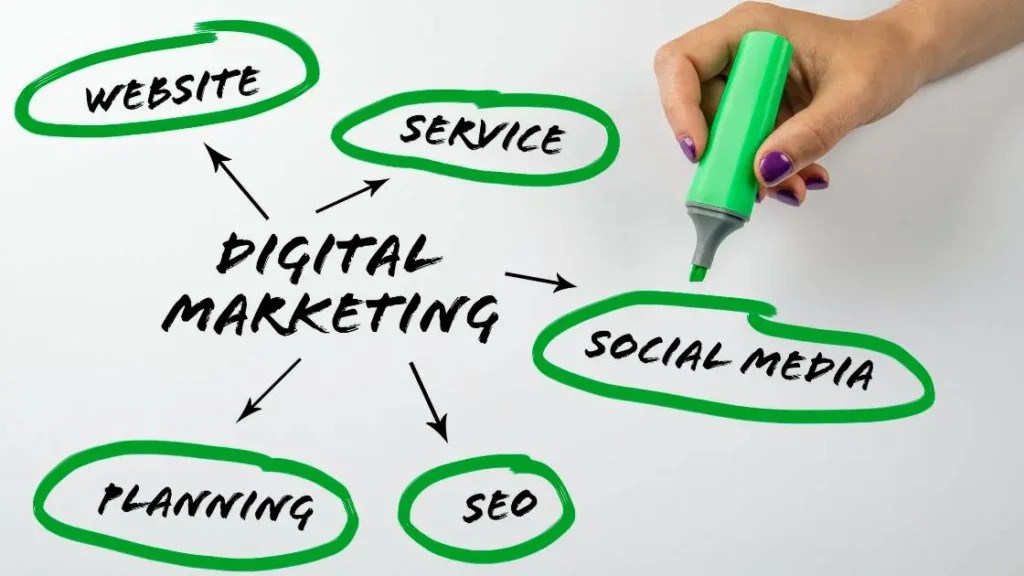
Immersive technologies like augmented and virtual reality open up infinite possibilities for memorable branded experiences blended with entertainment and education.
At the heart of it, though, good, valuable content focused on the consumer still rules the kingdom. Understanding customers through data and research enables relevant, helpful experiences that foster genuine human connections.
It’s an exciting time to be in content marketing, mates! The strategies and formats will keep changing as technology and platforms evolve at warp speed. However, the foundational focus on creating relatable content that provides value for consumers will keep content firmly on the throne.
Now it’s over to you! What are your thoughts on the changing face of content marketing? Hit me up in the comments or message me if you’ve got any ripping content tips to share.

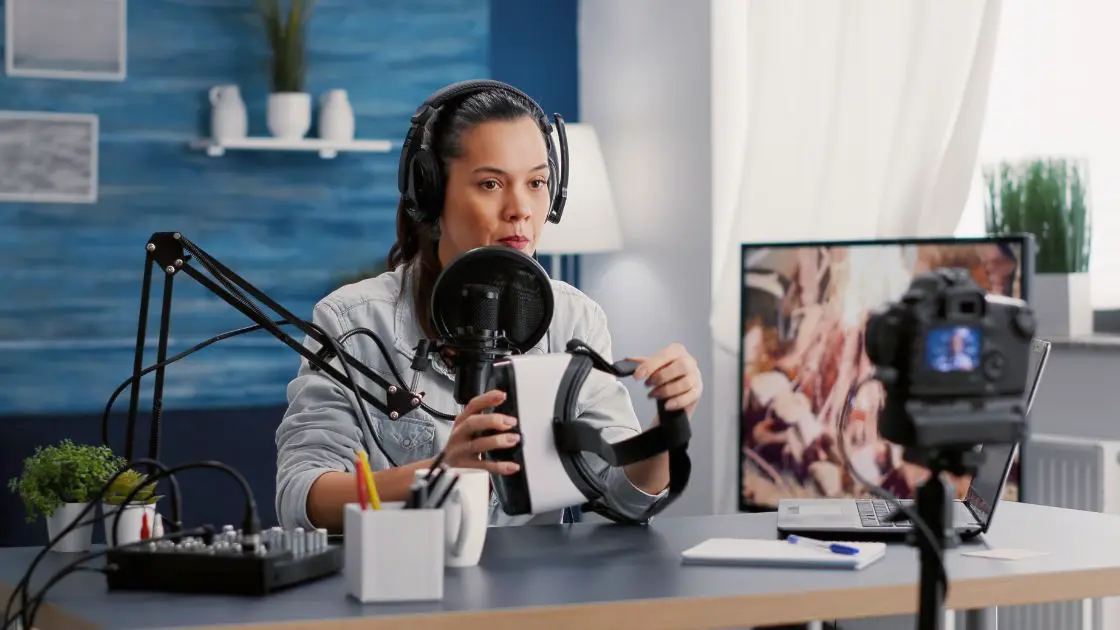

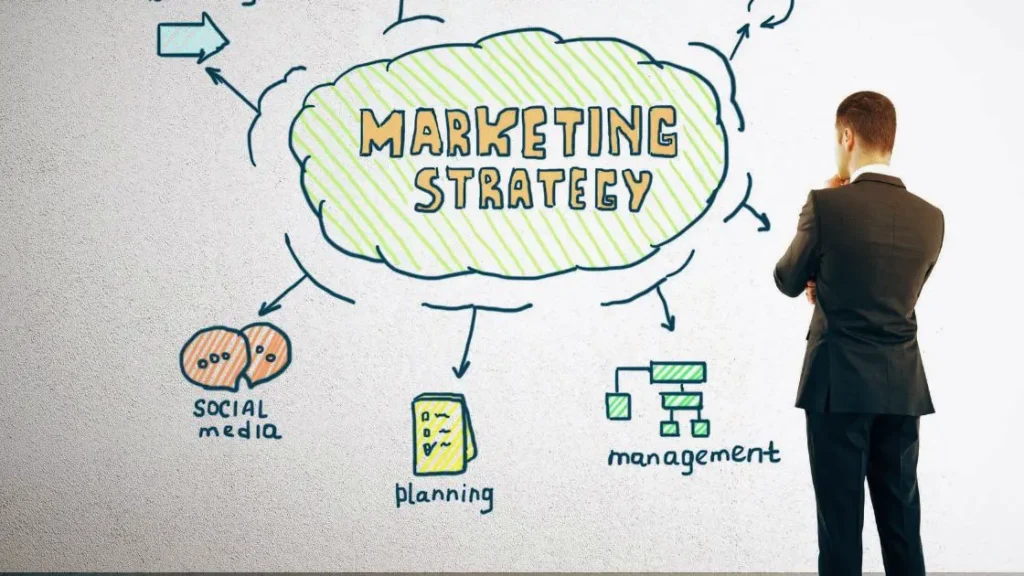








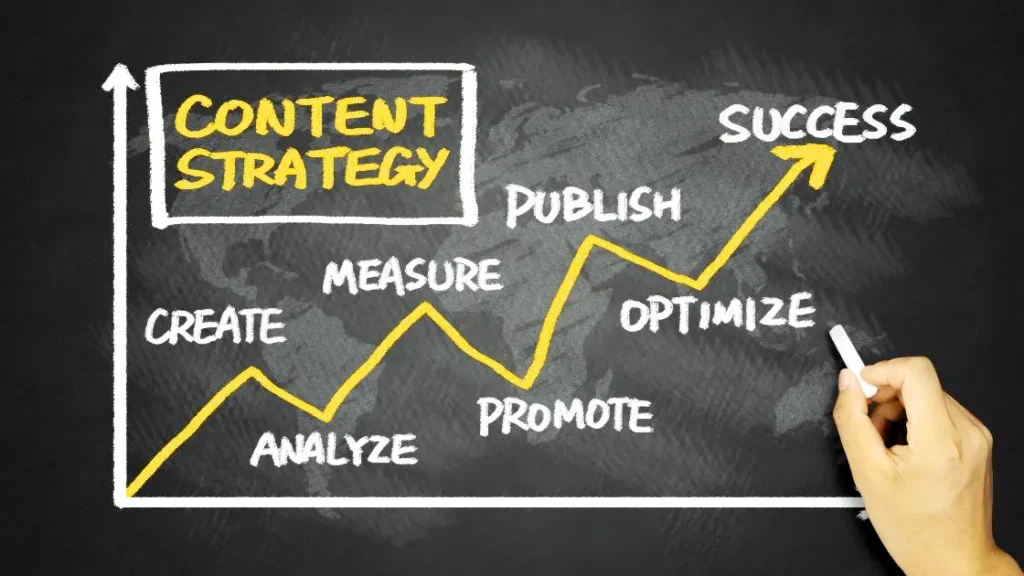




 blasting your content to the world
blasting your content to the world  for all to see! It helps amplify and distribute what you publish by improving its visibility in search.
for all to see! It helps amplify and distribute what you publish by improving its visibility in search.










 Always start with keyword research to identify topics with traffic potential
Always start with keyword research to identify topics with traffic potential Craft compelling on-page elements tailored to rank well and earn engagement
Craft compelling on-page elements tailored to rank well and earn engagement Include internal links connecting related posts to reinforce relevance
Include internal links connecting related posts to reinforce relevance Plan out an editorial calendar to stay strategic with subjects and promotion
Plan out an editorial calendar to stay strategic with subjects and promotion Actively track analytics and metrics to keep refining approaches
Actively track analytics and metrics to keep refining approaches to business success!
to business success!



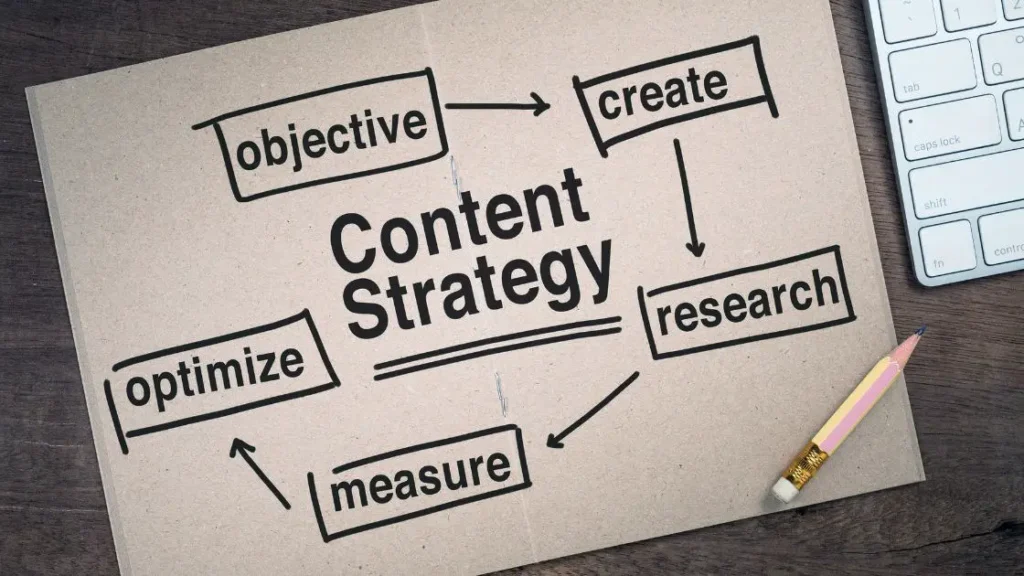
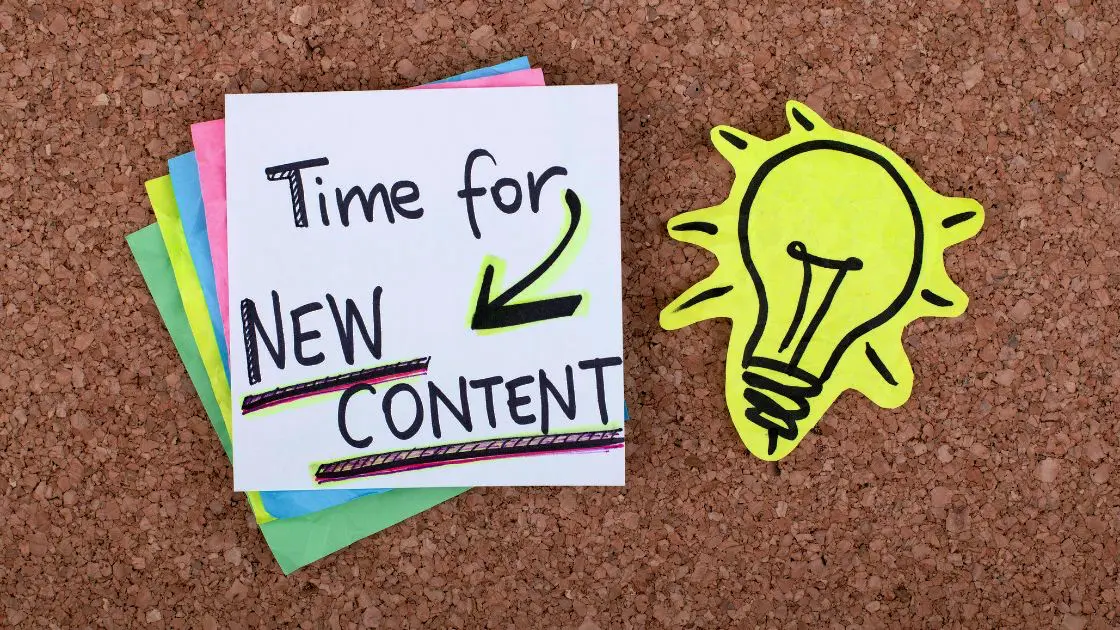


 !
!












Leave a Comment